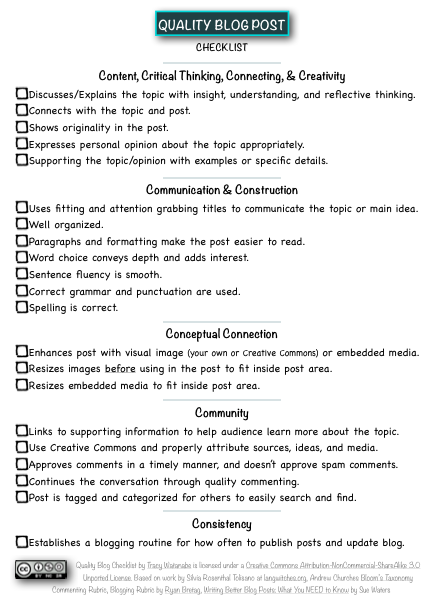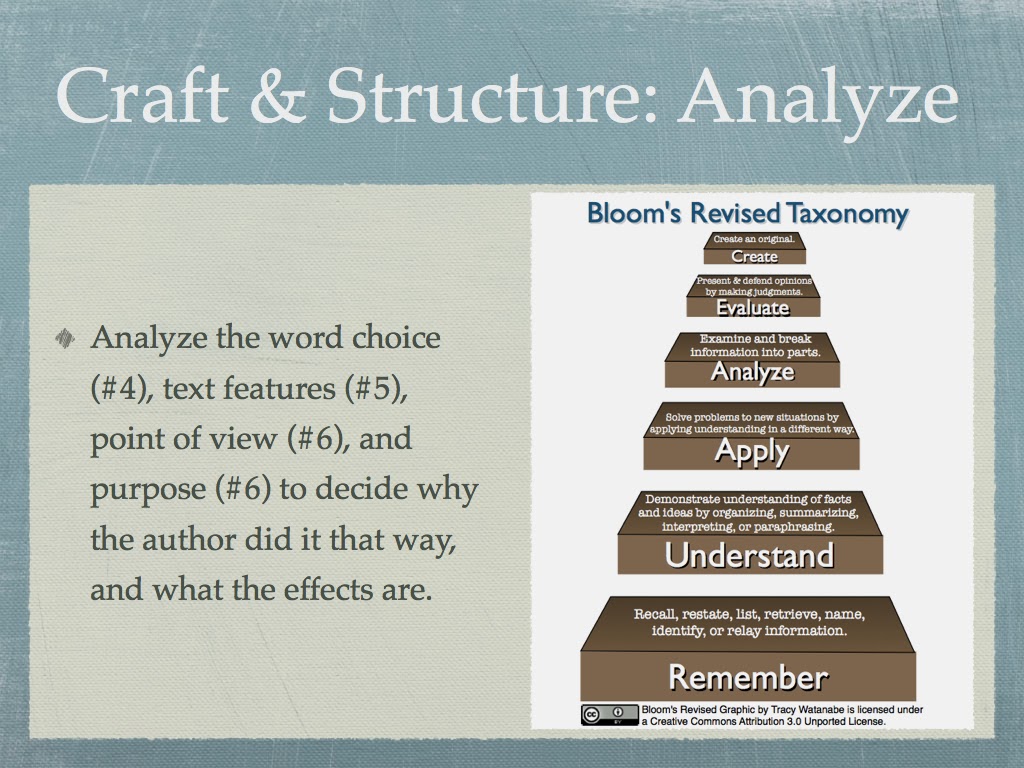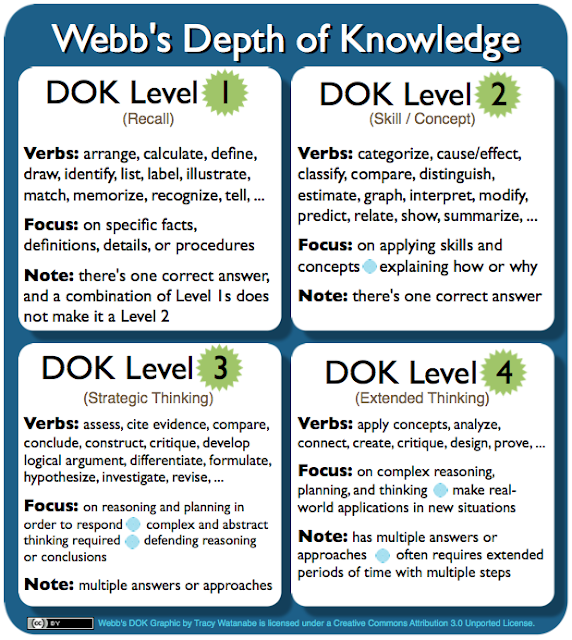Close Read Complex Text, and Annotate with Diigo--Part 3
 |
| Click here to download as PDF |
Teacher Step 1: Choose the text
Choose a short and difficult text to do a close reading on. It should be at the frustration reading level.
Some examples to choose from for informational text are short speeches (or excerpts from a speech); research; paragraphs or chapters from biographies, memoirs, or historical accounts to name a few.
Teacher Step 2: Planning
Plan and do what you expect your students to do.
- Decide if they will annotate on a paper copy, with sticky notes, or digitally.
- Read and annotate the text.
- Look for a few key tier 2 and tier 3 vocabulary words to model or tell while modeling the thought process with annotation (or for scaffolding purposes).
- Decide what student task, prompt, or protocol to use for writing and discussion during the process.
- Create text dependent questions.
- Consider what will challenge the students and what scaffolding to put in place.
Teacher Step 3: Students first read of text
When it's time for students to read the text, the teacher should:
- Quickly provide a purpose for reading the text.
- Teach/remind students how to annotate the text.
- If students are annotating digitally, then remind them how to use the digital tool and applicable technology procedures.
- Allow the students to read it on their own.
- Do not teach a mini-lesson prior to reading the text to connect background knowledge or information. Otherwise, the students might not need to read the text or will answer questions based on what the teacher said and not what's in the text.
Teacher Step 4: Quick write and discussion
Set the expectations for the writing assignment. It can be an informal task such as, "Write your impressions about the text and any lingering questions you have." It can also be an actual activity or focused question such as:
- SOAPSTone -- this can be used as a pre-writing activity or as a reading response prompt to get students to focus on certain aspects of the text such as the Speaker/author, Occasion/time period/context, Audience, Purpose, Subject/main idea, and Tone.
- Be a detective and look for assumptions (explicit and implicit) behind the arguments.
- Read like a historian and look for answers to these questions: Who wrote this? When was it written? What else do I need to know to make a considered and valued judgment? What is the author's point of view? Why was it written? Is this source believable? Why? Why not?
- Claims and Evidence -- Look for the claims and evidence to support the claims.
- Logical (logos), Ethical (ethos), and Emotional (pathos) -- When the writing is persuasive, look for logical, ethical, and emotional arguments/techniques in the text.
Teacher Step 5: Read text aloud to students (second reading)
Model the reading for the students. This gives the students the proper pronunciation of text and helps them think about the meaning again. The students will follow along and add to their annotations.
Teacher Step 6: Read text aloud to students while annotating (third reading)
 |
| Click here to download 6th-8th & 9th-12th PDF |
Model all the thinking involved in reading the text.
Circle the powerful words, phrases, sentences, or paragraphs (instead of circling one word at a time).
Underline tier 2 and tier 3 vocabulary words, especially the ones they struggled with during their first reading. For tier 2 words, model the strategies for figuring out the meaning such as context clues or affixes/roots. For tier 3 words, give the definition of what it means.
Underline any parts that are confusing as well.
If this is new for your students, start with just the first three, then add the next one a week or two later.
If students are annotating digitally, it's possible that the tool does not have all of the annotation marks. Therefore, collaboratively create a key with some substitutions. For example, using the colors on the poster above, highlight powerful words in blue instead of circling; and highlight the confusing words/parts in green instead of underlining.
Students will continue to add to their own annotations during this reading.
Annotating in Diigo
Bookmark the online text, such as Vampires Prey on Panama, in Diigo. Then annotate and share the annotated version with collaborating students and the teacher. Here's directions how:
Click here for suggestions on how to annotate with an iPad.
Teacher Step 7: Text dependent questions
A text dependent question is a question that requires reading/rereading the text the students are currently using.
Below are the types of questions with examples from our sample text: Vampires Prey on Panama.
 |
| Click here to download as PDF (or to enlarge). |
Writing tasks built into the reading are an important part of the routine. They can be written for specific audiences on a student or class blog, or they can be written from various prompts such as:
- RAFTS: Role--What role or point of view will you write from?; Audience--To whom are you writing to? Who is your intended audience?; Format--In what format are you writing? A letter? Blogpost? Digital story / Drama / Script? A speech? A digital recording? A comic? etc.; Topic--What topic are you writing about? Why? What point will you be making?
- CERCA: Make a Claim about the text. Support your claim with Evidence. Explain your Reasoning. What Counterclaims need to be presented? What is the intended Audience?
- I-C-A-N-S: This is a spin-off of Silvia Tolisano's 21st century KWL and modified to do after reading. What new Information did you learn? How are the new ideas / information Connected to what you already knew? What Action will you take as a result of the reading, or how have the new ideas challenged your thinking? What New questions do you have? How could you Search for answers to your new questions?
Resources and attribution
Several resources were used to create this post such as the work of Fisher and Frey; much of the training I received from Arizona's Department of Education is represented here; and the text example and text dependent questions used in the poster were chosen by and created by my dynamic colleague, Theresa Bartholomew.
Not every lesson on the Internet is a quality lesson. However, here are a few starting points that I go to for finding close reading lessons:
Final thoughts
Creating close reading lessons are time consuming up front, but the end result is deeper understanding of the text, which means less reteaching in the end. It also allows the students to learn and exercise strategies which will strengthen their reading, critical thinking, communication, collaboration, and writing skills.
- What tips or insights can you share about creating close reading lessons or text dependent questions?
- What tips, insights, or resources can you share about annotating in Diigo?
- Where do you go to find quality close reading lessons or text dependent questions?
- How else does this post connect with you? What questions or thoughts do you have about the topic?







I want to thank those who added resources on G+. I've added some to this post.
ReplyDeleteThe Read with a Pen resource is briliant!
ReplyDeleteI might try out a few starters using it and a brief article on an artist for some of my KS3 classes.